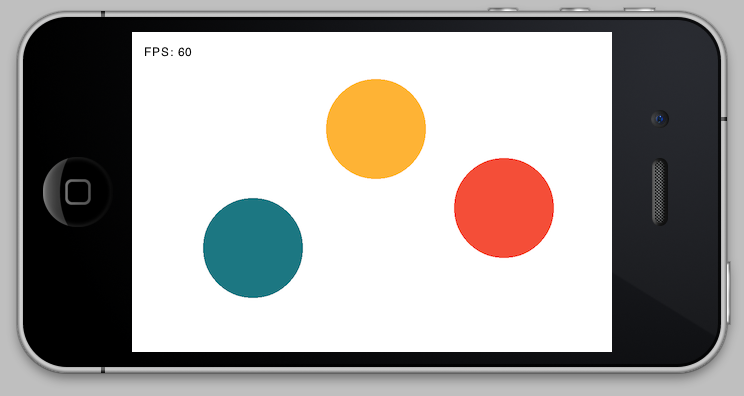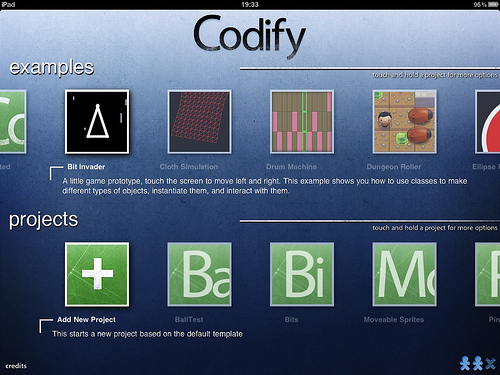
Okay, so we’re already a month into 2016, but I’ve been a bit busy. 🙂
At the end of November, I left my job of 3+ years as a senior iOS developer at Mubaloo to join Automattic as a Mobile Wrangler.
In case you haven’t heard of them, Automattic is most well known for WordPress.com. They’re also responsible for Simplenote, a simple note storage service which I’ve used since the early days of the iOS App Store.
As a Mobile Wrangler1, I’ll be primarily working on the WordPress iOS app (which, as with a lot of Automattic’s products, is open source).
Automattic is an incredible company to be part of. Their mission is to democratise publishing, providing a platform for anybody to have a blog or website. The entire company is distributed across the world, with employees in 43 countries. Pretty much everybody works from their own homes (although if you want to work from a coffee shop or a coworking space, that’s cool too) and sets their own schedules. With a 1 year old son at home, I’m so grateful that I’m now at home all day; I get to see him so much more than I used to, we can all have lunch together, and I can work a schedule that suits my family.
I’ve also converted this site (which hasn’t received much love recently) over to WordPress, and I hope to begin writing here again soon.
- At Automattic, you actually choose your own job title. Mobile Wrangler is what most of the mobile developers go by, although there’s definitely a Pokémon Trainer amongst the ranks too. ↩




